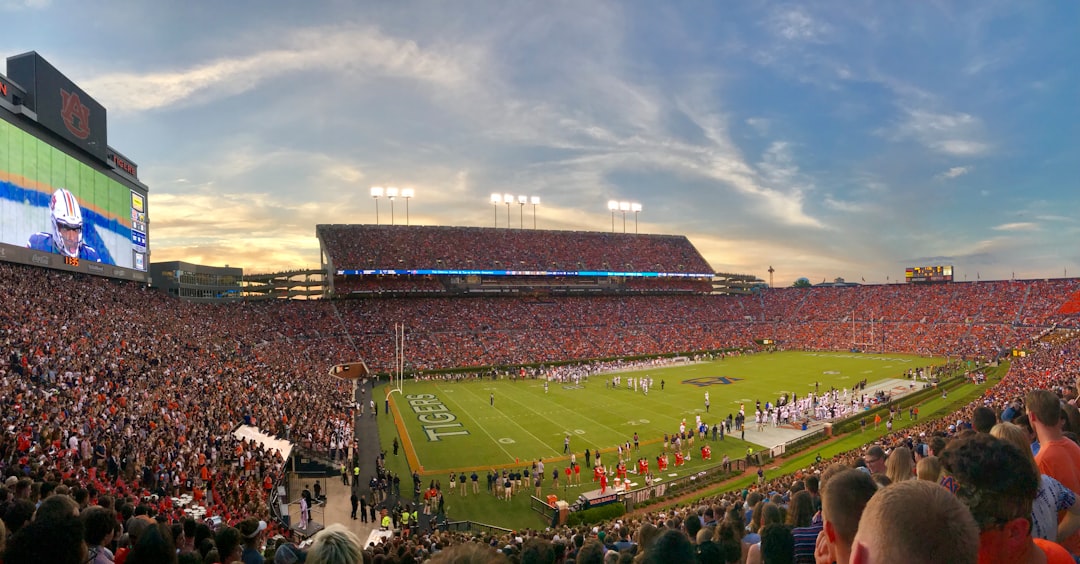Two powerhouse programs in the Pac-12 Conference—Utah and UCLA—have consistently demonstrated their prominence in college football and basketball over the past decade. While UCLA brings a storied history and a rich legacy, Utah has carved its own identity through gritty performances and consistent competitiveness. In this comparative analysis, we will break down the recent team form, tactical approaches, and head-to-head statistics of both programs, focusing on football and basketball where applicable, to better understand where each team stands today.
Current Team Form
Utah Utes
The Utah Utes, under the stewardship of head coach Kyle Whittingham in football, have been a model of consistency in the last five years. With multiple 10-win seasons and a recent dominance within the Pac-12 South division, Utah’s program has matured into a top-20 presence nationally. Their physical play and strong home-field advantage in Salt Lake City have contributed to their sustained success.
- Football: Finished 2023 with a 9-4 record, including a bowl game appearance.
- Basketball: Struggled with consistency but showed promise under new leadership, ending the 2022–23 season with a 17-15 record.
UCLA Bruins
UCLA continues to display its traditional flair, particularly in basketball. In football, under Chip Kelly, UCLA has taken positive strides, building a fast-paced offense that diverges from the more physical style of Utah. Basketball, long the pride of Westwood, has seen a resurgence with consecutive NCAA tournament runs, signaling a return to elite status.
- Football: Achieved an 8-5 record in 2023, showing improvement in both defense and offensive execution.
- Basketball: Finished 2022–23 with a 31-6 record, making it to the Sweet Sixteen of the NCAA Tournament.

Tactical Comparison
Football
The contrast in football tactics between Utah and UCLA is one of philosophy and execution:
- Utah: Focuses on tough, physical defense and a balanced offensive approach. Known for producing NFL-caliber defensive players, Utah’s game script centers on ball control and limiting opponents’ big plays.
- UCLA: Runs a high-tempo offense under Chip Kelly’s system, which often features zone-read schemes, quick passing, and high total yardage. Defensively, the Bruins have been a work in progress but have shown flashes of aggressiveness through blitz-heavy packages.
In tight matchups, Utah’s discipline and strong fundamentals often give them the edge in a war of attrition, while UCLA relies on explosive plays to swing momentum quickly.
Basketball
When it comes to basketball, the styles differ dramatically:
- Utah: Plays a methodical style of basketball with a focus on half-court sets and defensive intensity. The Utes emphasize rebounding and structured offensive sets, although depth and shot creation have been limiting factors.
- UCLA: Embraces modern basketball elements with a fine balance of transition offense and perimeter shooting. Under coach Mick Cronin, the Bruins improved defensively as well, mixing man-to-man schemes and situational pressing strategies.
UCLA’s deeper bench and high-level recruiting give them a competitive advantage in high-stakes moments, whereas Utah often competes through structured discipline and strategic coaching decisions.

Head-to-Head Records
Football Head-to-Head
Since Utah joined the Pac-12 in 2011, their annual clashes with UCLA have become more competitive. Here’s a breakdown of recent outcomes:
- Overall Series: UCLA leads historically, but Utah has won 7 of the last 10 meetings.
- Recent Highlight: In 2022, Utah defeated UCLA 44-24, showcasing their run-stopping defense and efficient offense.
Momentum seems to have shifted toward Utah in recent seasons, as their physical brand of football consistently neutralizes UCLA’s speed-based system in direct confrontations.
Basketball Head-to-Head
In basketball, the Bruins hold the upper hand over Utah:
- Overall Series: UCLA leads comfortably, with more than double the wins over Utah.
- Last 5 Meetings: UCLA has won 4 out of 5, including a decisive victory in the 2023 Pac-12 tournament.
Despite occasional upsets by the Utes, UCLA’s depth, coaching, and consistency often prove too much over the course of the regular season and in postseason matchups.
Recruitment and Talent Development
Both programs have distinct recruiting identities:
- Utah: Known for diamonds in the rough—players who may be overlooked by national powers but who blossom into elite contributors. Their player development, especially on the defensive line and secondary, is among the best in the nation.
- UCLA: Has access to a wider recruiting pool in Southern California and often signs blue-chip prospects, especially in basketball. In football, their quarterback and skill position recruitment has improved markedly under Chip Kelly.
Highlighting Utah’s emphasis on development versus UCLA’s inclination toward high-ceiling talent reveals contrasting long-term philosophies but both effective in their own right.
Intangibles and Coaching
Coaching stability and leadership style play a critical role in each team’s identity:
- Kyle Whittingham (Utah Football): One of the longest-tenured and most respected coaches in college football. His teams reflect his no-nonsense, physical style with an emphasis on fundamentals and preparedness.
- Chip Kelly (UCLA Football): Offensive mastermind who brought innovation to college football. However, questions about consistency and recruiting lag behind in comparisons to other elite programs.
- Mick Cronin (UCLA Basketball): Defensive-minded coach who revived the Bruins with grit and attitude. His approach has successfully combined UCLA’s historic flair with a modern understanding of analytics and defense.
- Craig Smith (Utah Basketball): Still adapting to Pac-12 competition but has earned praise for instilling defensive discipline and culture change within the Utes’ locker room.
Conclusion
In summing up the Utah vs UCLA rivalry and comparison, it’s evident that both programs bring unique strengths and challenges to each encounter. Utah thrives on physicality, discipline, and defense, often excelling in grind-it-out contests and games where mental toughness is crucial. On the other hand, UCLA leans into tradition, athleticism, and offensive dynamism—especially potent in high-scoring affairs where pace and depth define proceedings.
Football series momentum currently tilts toward Utah, while basketball remains firmly UCLA’s domain. Moving forward, continued investment in recruiting, innovation in tactics, and coaching stability will be key factors in determining which program rises to Pac-12 dominance.
As both teams prepare for potential conference realignments and shifting NCAA landscapes, the Utah vs UCLA matchups remain emblematic of old-school grit facing off against flair and finesse. Fans and analysts alike will be keeping a close eye on how these storied programs adapt, evolve, and continue to challenge each other at the highest levels of collegiate athletics.
